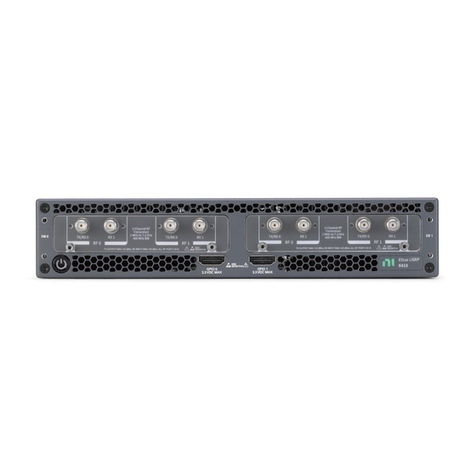
CALIBRATION PROCEDURE
NI 5421/5441
100 MS/s Arbitrary Waveform Generator
This document contains the verification and adjustment procedures for the NI 5421/5441
arbitrary waveform generator. This calibration procedure is intended for metrology labs.
Refer to ni.com/calibration for more information about calibration solutions.
Contents
Contents .................................................................................................................................... 1
Software.................................................................................................................................... 2
Documentation.......................................................................................................................... 3
Self-Calibration Procedures...................................................................................................... 3
MAX................................................................................................................................. 4
FGEN Soft Front Panel..................................................................................................... 4
NI-FGEN .......................................................................................................................... 4
Calibration Options................................................................................................................... 5
Calibration Requirements ......................................................................................................... 5
Test Equipment................................................................................................................. 5
Test Conditions.................................................................................................................7
System Setup ............................................................................................................................ 7
Calibration Procedures ............................................................................................................. 7
Verifying NI 5421/5441 Specifications............................................................................ 7
Verifying the Oscillator Frequency Accuracy.......................................................... 9
Verifying the DC Gain and Offset Accuracy ........................................................... 11
Verifying the AC Voltage Amplitude Absolute Accuracy....................................... 21
Verifying Frequency Response (Flatness)................................................................ 25
Adjusting the NI 5421/5441 ............................................................................................. 32
Adjusting the Analog Output.................................................................................... 33
Adjusting the Oscillator Frequency .......................................................................... 47
Adjusting the Calibration ADC ................................................................................ 50
Closing the External Adjustment Session ................................................................ 54
Calibration Utilities .................................................................................................................. 55
MAX................................................................................................................................. 55
FGEN SFP ........................................................................................................................55
NI-FGEN .......................................................................................................................... 55
Worldwide Support and Services ............................................................................................. 56
































